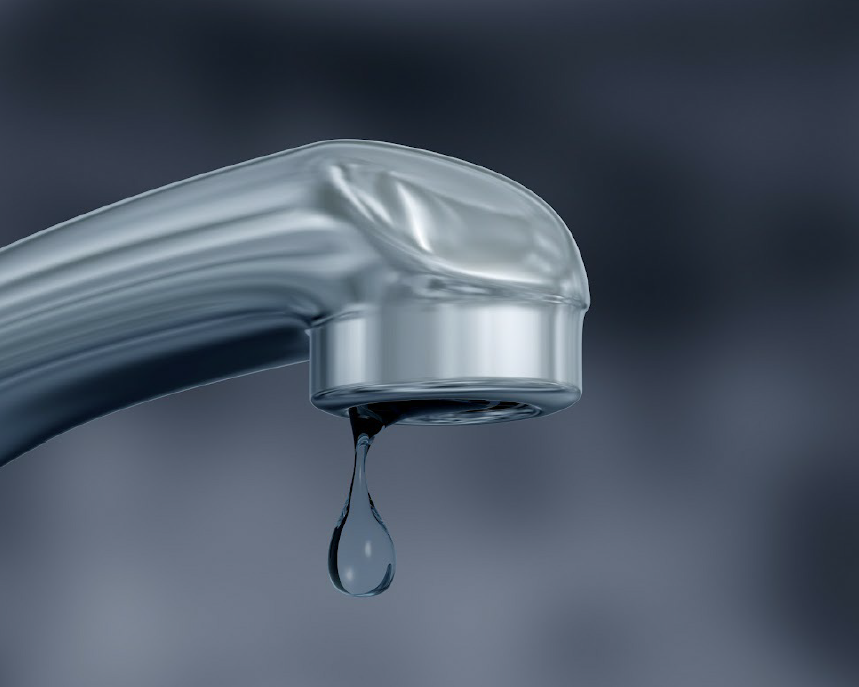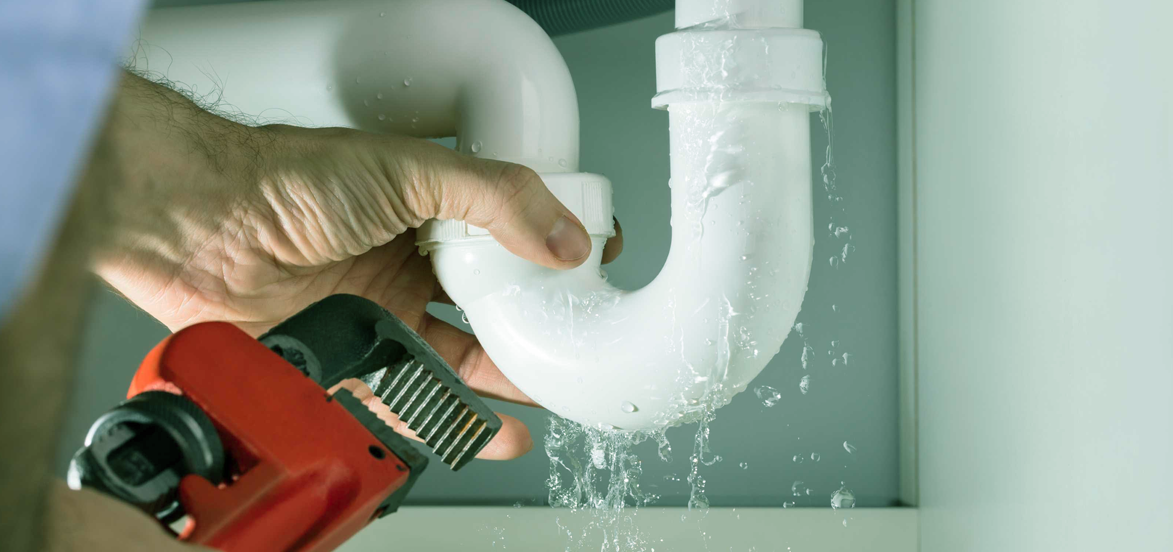Were you interested in additional info about Hacks to detect leaks?

Early detection of dripping water lines can minimize a possible calamity. Some small water leaks may not be noticeable.
1. Check Out the Water Meter
Every residence has a water meter. Examining it is a guaranteed manner in which helps you uncover leakages. For starters, shut off all the water resources. Guarantee no one will certainly purge, utilize the faucet, shower, run the washing machine or dishwasher. From there, most likely to the meter and watch if it will change. Considering that nobody is using it, there should be no motions. If it moves, that suggests a fast-moving leak. If you detect no adjustments, wait a hr or two and also examine back once more. This indicates you may have a sluggish leakage that could also be below ground.
2. Examine Water Usage
If you detect abrupt modifications, regardless of your usage being the same, it indicates that you have leaks in your plumbing system. An abrupt spike in your bill suggests a fast-moving leak.
On the other hand, a stable rise monthly, despite having the very same practices, reveals you have a slow-moving leak that's likewise gradually escalating. Call a plumber to completely check your residential property, particularly if you feel a cozy area on your floor with piping underneath.
3. Do a Food Coloring Examination
30% comes from bathrooms when it comes to water usage. Test to see if they are running correctly. Decline specks of food shade in the storage tank as well as wait 10 mins. There's a leakage between the container as well as dish if the shade in some way infiltrates your dish during that time without flushing.
4. Asses Outside Lines
Don't neglect to inspect your outdoor water lines also. Must water permeate out of the link, you have a loose rubber gasket. One little leak can throw away heaps of water and increase your water expense.
5. Evaluate as well as Assess the Circumstance
Property owners need to make it a habit to inspect under the sink counters and also even inside closets for any kind of bad odor or mold development. These 2 warnings suggest a leak so punctual focus is needed. Doing regular evaluations, even bi-annually, can conserve you from a significant issue.
If you recognize your residence is already old, maintain a watchful eye on your heating systems, pipes, pipelines and so on. Check for discolorations as well as deteriorating as a lot of pipes and also devices have a life span. They will certainly likewise normally degrade due to damage. Don't wait for it to escalate if you think dripping water lines in your plumbing system. Call a specialist plumber right now so you don't wind up with a dreadful mess in your house.
Early discovery of leaking water lines can mitigate a possible catastrophe. Some small water leaks might not be visible. Examining it is a proven way that aids you find leaks. One small leakage can lose heaps of water as well as spike your water bill.
If you suspect dripping water lines in your plumbing system, don't wait for it to intensify.
WARNING SIGNS OF WATER LEAKAGE BEHIND THE WALL
PERSISTENT MUSTY ODORS
As water slowly drips from a leaky pipe inside the wall, flooring and sheetrock stay damp and develop an odor similar to wet cardboard. It generates a musty smell that can help you find hidden leaks.
MOLD IN UNUSUAL AREAS
Mold usually grows in wet areas like kitchens, baths and laundry rooms. If you spot the stuff on walls or baseboards in other rooms of the house, it’s a good indicator of undetected water leaks.
STAINS THAT GROW
When mold thrives around a leaky pipe, it sometimes takes hold on the inside surface of the affected wall. A growing stain on otherwise clean sheetrock is often your sign of a hidden plumbing problem.
PEELING OR BUBBLING WALLPAPER / PAINT
This clue is easy to miss in rooms that don’t get much use. When you see wallpaper separating along seams or paint bubbling or flaking off the wall, blame sheetrock that stays wet because of an undetected leak.
BUCKLED CEILINGS AND STAINED FLOORS
If ceilings or floors in bathrooms, kitchens or laundry areas develop structural problems, don’t rule out constant damp inside the walls. Wet sheetrock can affect adjacent framing, flooring and ceilings.
https://www.servicemasterbyzaba.com/blog/how-to-detect-water-leakage-in-walls/

As a reader about Locating water leaks, I figured sharing that piece of content was important. Are you aware of another individual who is truly interested in the niche? Be sure share it. Thank you so much for going through it.